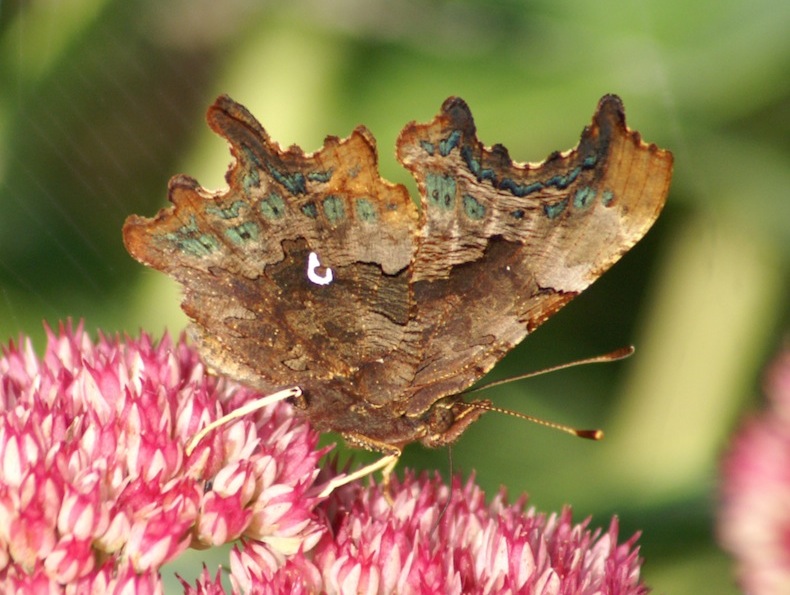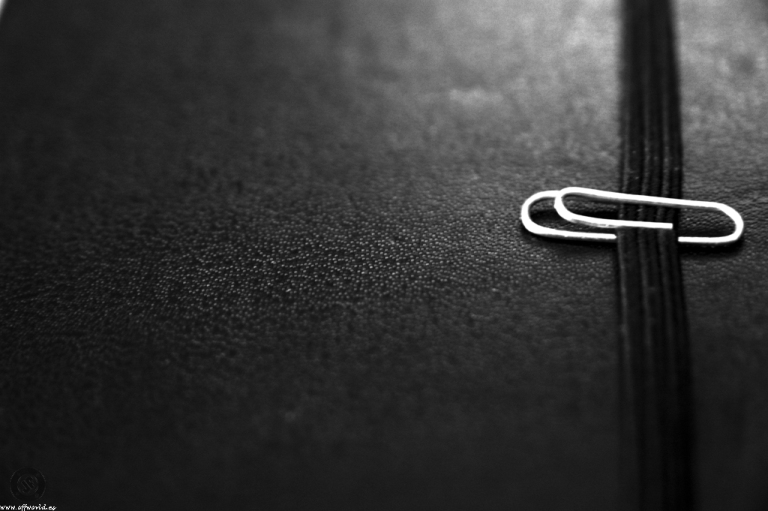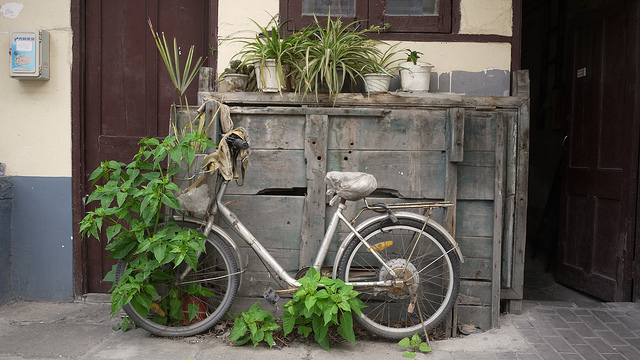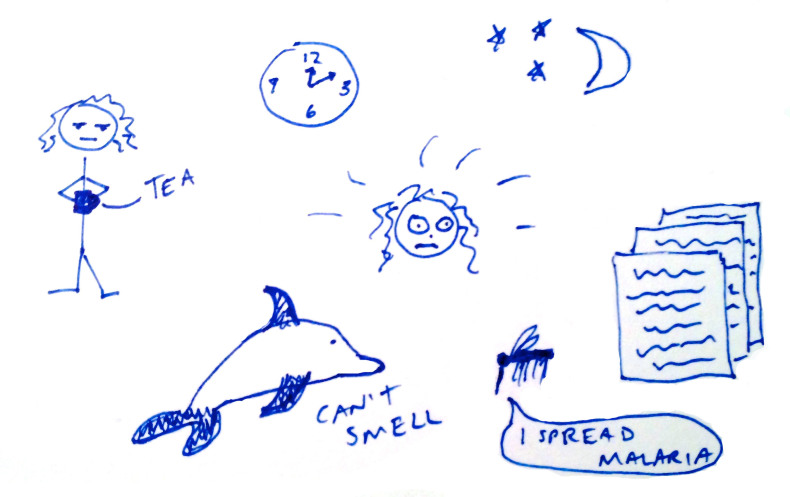LWON is celebrating the holidays by re-running some of our favorite posts. This post originally appeared in November 2013.
Several years ago, I splurged on a gorgeous red hardcover edition of Strunk and White’s classic book on writing, The Elements of Style. Illustrated by Maira Kalman, the pages are filled with fanciful depictions of punctuation and grammar rules. To demonstrate the use of the apostrophe in the phrase “Somebody else’s umbrella,” Kalman drew a pensive lady dressed in yellow gazing up at a pink umbrella (with, appropriately enough, an apostrophe-shaped handle). For the dash—my favourite form of punctuation—the illustration shows a towzled man in striped pajamas, accompanied by the caption “His first thought on getting out of bed—if he had any thought at all—was to get back in again.”
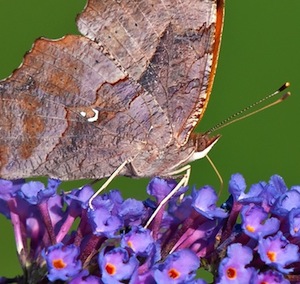
Recently, I came across another form of punctuation art: The curious markings on butterflies. Some species in the genus Polygonia sport a comma on the underside of their wing. Another species, called the Question Mark (Polygonia interrogationis), displays a quizzical crescent and dot. And enthusiasts have spotted other punctuation marks; one posted a snapshot taken in Spain with the question “First ever sighting of the semi-colon butterfly?”, and another photographer captured what appeared to be a colon on a butterfly in Staffordshire, England.* Continue reading
